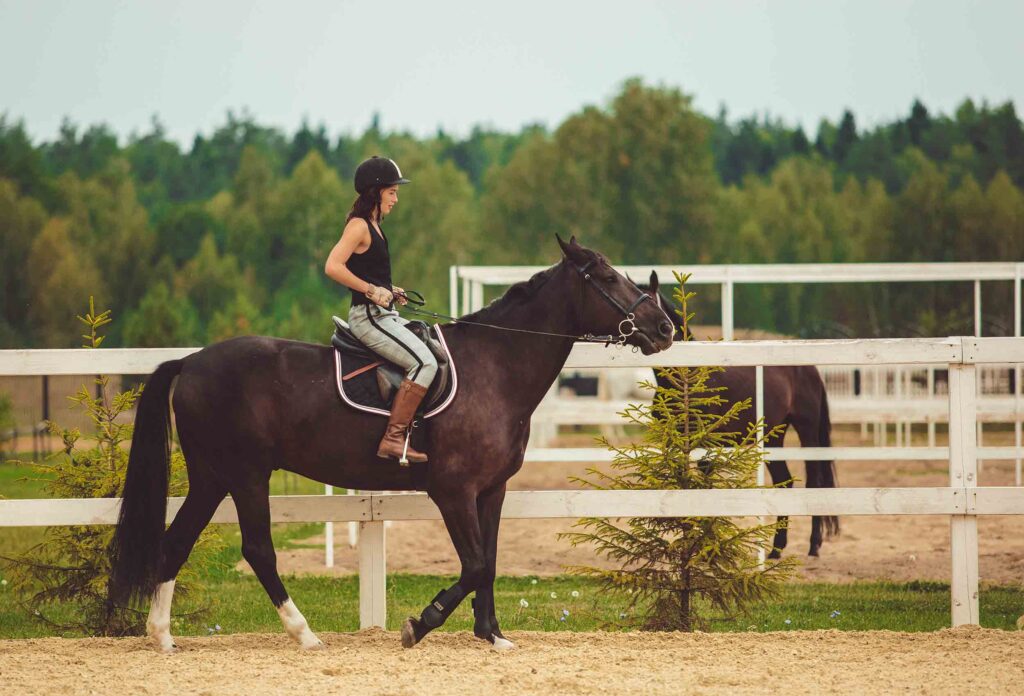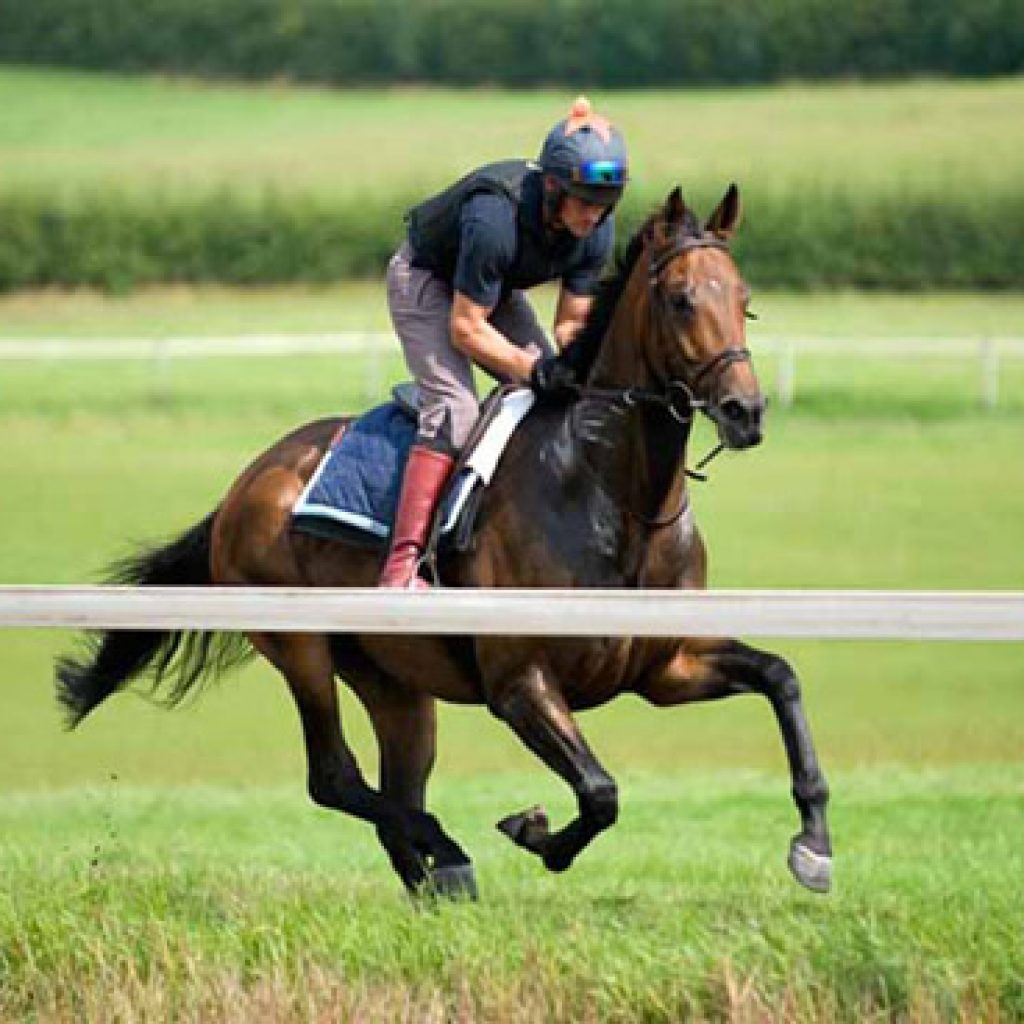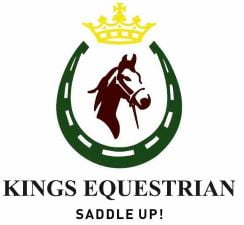THE HORSE’S MOVEMENTS
The natural gaits of the horse are the walk, the trot, the canter or slow gallop, and the gallop, although in dressage the canter and gallop are not usually differentiated. A riding horse is trained in each gait and in the change from one to another.
During the walk and the gallop the horse’s head moves down and forward, then up and back (only at the trot is it still); riders follow these movements with their hands.


WALK
The walk is a slow, four-beat, rhythmic pace of distinct successive hoof beats in an order such as near (left) hind, near fore, off (right) hind, off fore. Alternately two or three feet may be touching the ground simultaneously.
It may be a free, or ordinary, walk in which relaxed extended action allows the horse freedom of its head and neck, but contact with the mouth is maintained; or it may be a collected walk, a short-striding gait full of impulsion, or vigour; or it may be an extended walk of long, unhurried strides.
TROT
The trot is a two-beat gait, light and balanced, the fore and hind diagonal pairs of legs following each other almost simultaneously—near fore, off hind, off fore, and near hind.


CANTER
As the horse moves faster, its gait changes into the canter, or ordinary gallop, in which the rider does not rise or bump.
GALLOP
An accelerated canter becomes the , in which the rider’s weight is brought sharply forward


OTHER GAITS
There are a number of disconnected and intermediate gaits, some done only by horses bred to perform them. One is the rack, a four-beat gait, with each beat evenly spaced in perfect cadence and rapid succession.
